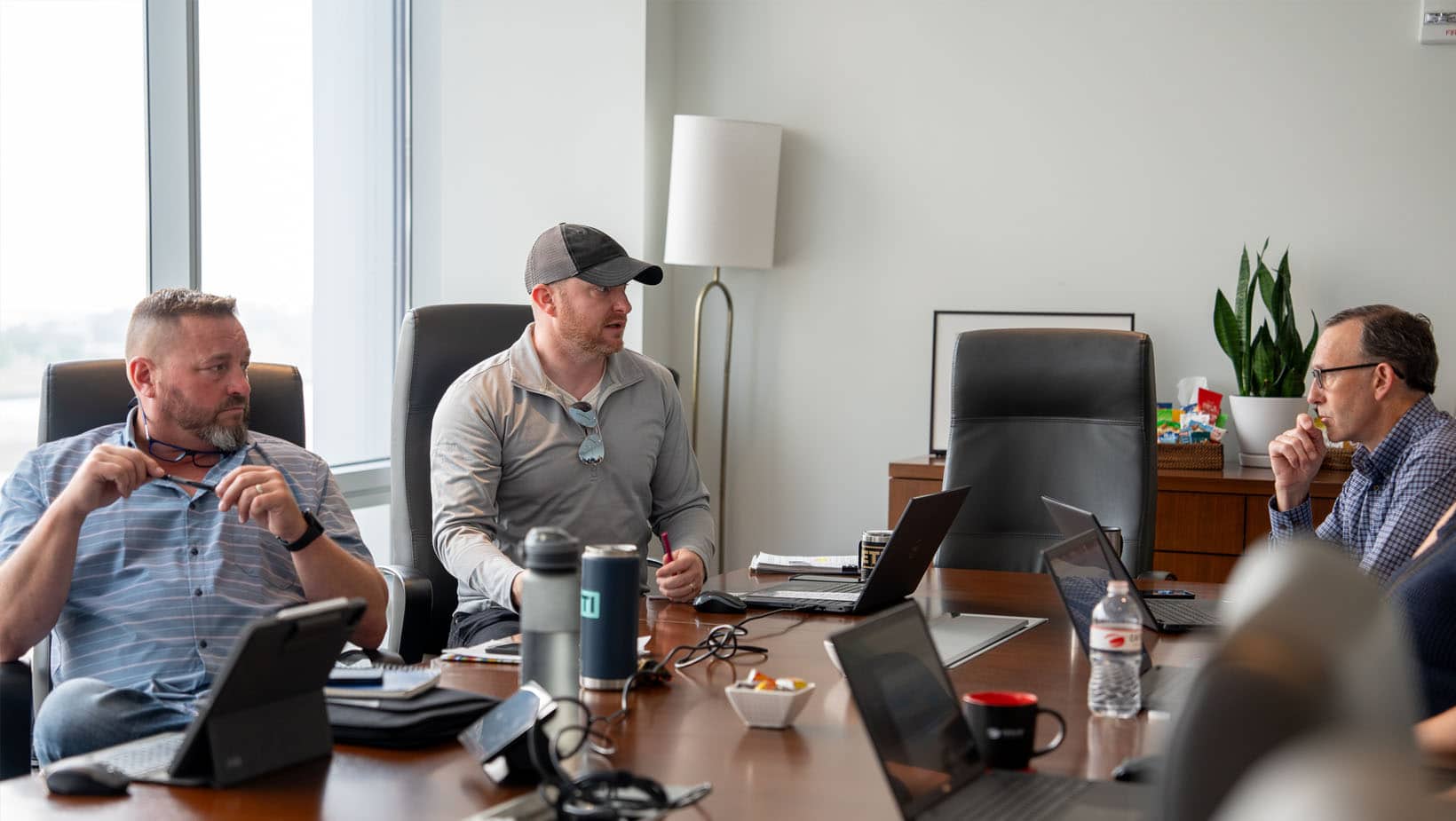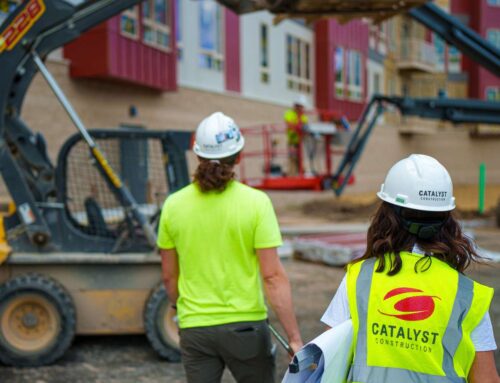How do you know when you’re ready to embark on a defining moment in the life of your organization? Building projects for churches are high-stakes, high-reward propositions.
When done well, they can galvanize your team, maximize your impact, and bless your community for years.
What happens when a building project goes poorly? It can be devastating for many. Not only for the moment but also for future generations.
A new construction project is not something to take lightly. While it may be difficult to have complete confidence that you are ready for a building project – it can be easy to discern when you’re not.
Do you want to know if your organization is ready for a building project? Step into my audit office.
Ask Simple Questions to Expose Diverging Answers
If you asked your leadership team why you’re considering a building project, how many answers would you receive?
Many leaders are surprised to find a severe lack of alignment among their team. Not because anyone has done anything wrong, necessarily. Instead, they don’t have the right questions to ask and, therefore, can’t generate the clarity needed to achieve consensus.
Go ahead, try it with your team, and see what happens! If you have ten leaders in the room, you’ll probably get 12 answers to each question!
If an initiative is already established and expected, this may be no problem. But a building project for your church will massively disrupt your congregation’s expectations and routines.
To complete a successful building project, you must have a shared vision and significant buy-in amongst your key leaders. This is a journey you should not take alone. You need ambassadors who can carry the vision with you, share the joy of spreading that vision, and maintain alignment within your organization.
3 Questions to Determine if Your Organization Is Ready for a New Construction Project
Successful new construction projects require alignment among the leadership of the organization. You must gain an understanding of how much alignment and clarity they have. When a leadership team works through this process in person, we can gather the information we need to discern where you’re at, where you want to go, and the next steps you must take to get there.
We ask people to rate their confidence in the following three statements on a scale of one to ten.
1: Do You Understand WHAT We Are Building?
Would it surprise you that the average usually comes in at around a four? Which is low. And it’s swayed artificially high by overconfidence due to a lack of clarity.
For example, if I asked your leadership team, “What are you building?” Someone may answer, “An addition to the children’s wing of our church building.”
That may be the correct answer, generally. But what would happen if I asked, “How many square feet will the addition be?” Or, “What Green Score Rating are you aiming for?”
These are essential questions to answer. If you’re expanding your children’s wing, some may envision adding a few classrooms. Others may dream of an indoor jungle gym that could compete with Betty Brinn!
If there are competing assumptions on the leadership team – and there almost certainly are – you must uncover them and gain clarity before breaking ground.
2: Do You Understand WHY We Need to Do This Project?
Most people settle for functional answers at this point. Let’s stick with expanding the children’s wing as an example. Many will be overly confident that you’re expanding your children’s wing because you’re running out of space.
That answer may be accurate, but it doesn’t press deep enough. It doesn’t scratch the surface of solving a God-sized problem.
You must ask – why is it a problem that you’re running out of space? Keep pressing this line of questioning until everyone sees that your current facility limits your ability to serve your congregation and reach out to your community effectively.
Now, that’s an issue that must be addressed!
Conversely, I have found some churches consider building on faulty premises like these:
- If you build it, they will come
- A new building will solve old problems
- We must keep up with current trends to be effective
I consulted with one church that considered building an addition because they weren’t retaining young families. After walking through their facility, it was clear they did not have a building problem; they had a first-impression problem.
Space was not their issue. They had plenty of it. They also had plenty of outdated décor and unpleasant odors! Creating an inviting, safe, inspiring space within their existing walls is what they needed.
3: Do You Know HOW We Will Get There?
If people with construction projects are in the room, they tend to answer more confidently than others. It is the same with people who have been through building projects before.
Many people think that you start with design and architecture. But that’s not the most helpful beginning point.
Consider what would happen if you contacted a real estate agent to buy a new home. One of the first questions they will ask is – “what are you pre-approved to borrow?” Without a budget, they may not even schedule any showings! The same principles apply to a building project.
You have to start with a budget. But how do you determine your budget? Here are some questions to get you started.
- What is our organization’s comfort level with debt?
- How much will you be able to borrow?
- How much can we fundraise?
- Do we have assets to utilize? Consider savings, stock options, and more.
- Do we have untapped resources that could generate income for the project? Consider land that could be developed or space that could be rented out to a local business.
Those are just a few financial questions about how a building project will be completed. Successful construction projects require completing multiple phases.
Chart a Strategic Path Forward For Your New Construction Project
This is why I have created a Readiness Audit. Our Readiness Audit helps churches and schools uncover their blindspots, grow in confidence, and discover the next steps necessary to capitalize on the moment.
Often, people want to boil it down to the simplest answer. But you must break each question down so that you can understand the complexities involved before you begin a building project.
What we’ve presented here is just the tip of the iceberg. To set your organization up for success, it would be best to download the Readiness Audit so you gain an understanding of the full picture.
You’ll likely find that your church is neither completely ready nor unprepared for your building project. Working through our Readiness Audit will help you identify what needs to be addressed to gain the clarity and confidence you need.
With each step, you’ll build momentum and keep your project progressing to the finish line. I would be honored to walk you through this process so you can have a clear path forward.
Ready to Kickstart Your Church Construction Project?
Building projects can be a massive undertaking. You don’t have to lie away at night wondering what you missed or what else you should be doing.
We can help.
Our team has the insight and tools you need to clarify the path in front of you. We can help you have full confidence in taking the next step, and then the next one, all the way to the finish line!
We’ve guided hundreds of churches and schools through this process. It would be our honor to walk with you and help maximize your impact while minimizing headaches and heartaches.
Reach out today for a free consultation, and we can get started!






